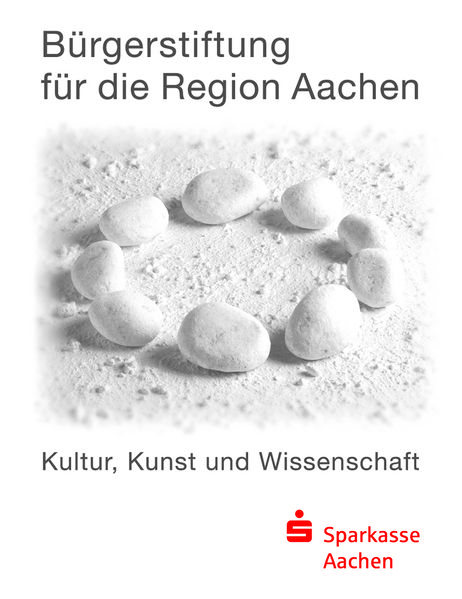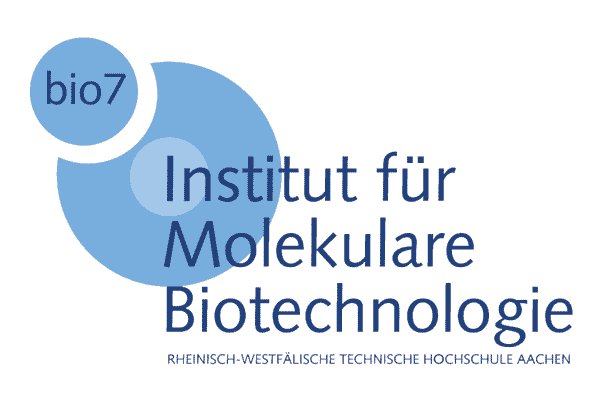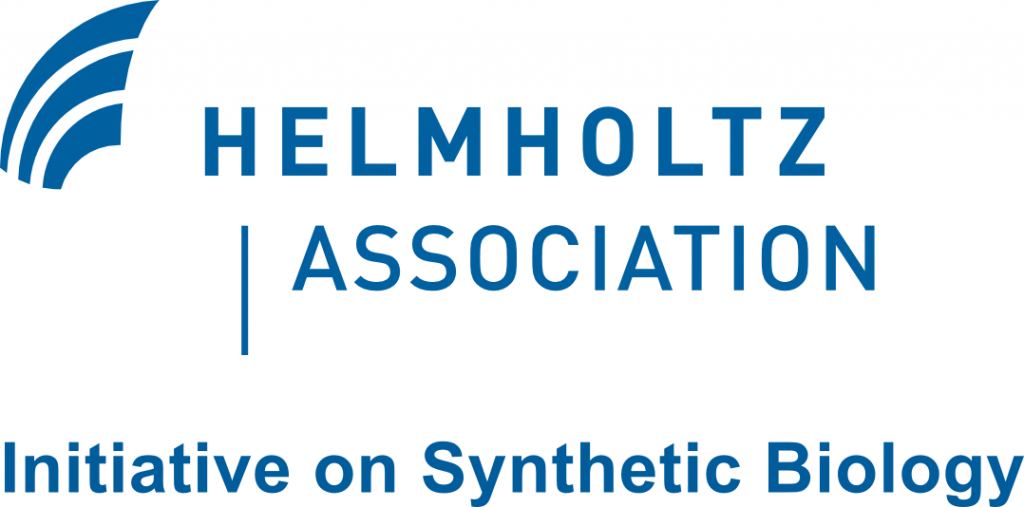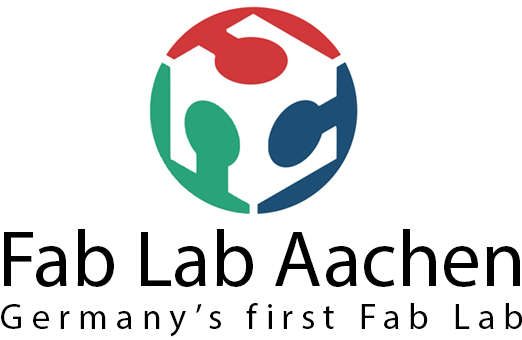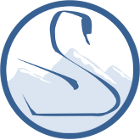Team:Aachen
From 2014.igem.org
(Difference between revisions)
| Line 88: | Line 88: | ||
'''Welcome to the Aachen 2014 iGEM Wiki!''' | '''Welcome to the Aachen 2014 iGEM Wiki!''' | ||
| - | Current | + | Current techniques for pathogen detection have many disadvantages as they require expensive equipment, trained personnel or labourious routines. |
| - | The iGEM team Aachen 2014 developed a novel biosensing system called ''Cellock Holmes'' that overcomes the drawbacks of current | + | The iGEM team Aachen 2014 developed a novel biosensing system called ''Cellock Holmes'' that overcomes the drawbacks of current methods. |
<!-- As a proof-of concept for''Cellock Holmes'', we successfully detected the pathogen ''Pseudomonas aeruginosa''. Through the use of our special genetic construct we could significantly enhance the detection speed as compared to a traditional biosensor. | <!-- As a proof-of concept for''Cellock Holmes'', we successfully detected the pathogen ''Pseudomonas aeruginosa''. Through the use of our special genetic construct we could significantly enhance the detection speed as compared to a traditional biosensor. | ||
Revision as of 22:47, 17 October 2014
[http://www.example.com link title]
|
|
 "
"

